This article features affiliate links, meaning we’ll earn a small commission if you purchase through these links. Please read our Privacy Policy for more details.

Among many other meaningful activities, such as creating complicated weave structures on her loom and collecting Romanian folk art, traditional artisan Lucia Ciocoiu sits sewing peasant blouses in the garden. Within and without, all is quiet and content. The birds sing and the butterflies flutter athwart her trimly kept garden. Her eyes fixed on her embroidery and the needle flies swiftly backwards and forwards in her fingers. After winding a warp and weaving, she cut the freshly woven fabric pieces out for a traditional Romanian blouse, called “ie”.

The ornamental fields of the blouse, consisting of geometrical rows (râuri) stream from the collar all the way down to the ruffled cuffs (fodori) and on the chest, are loom woven before cutting.
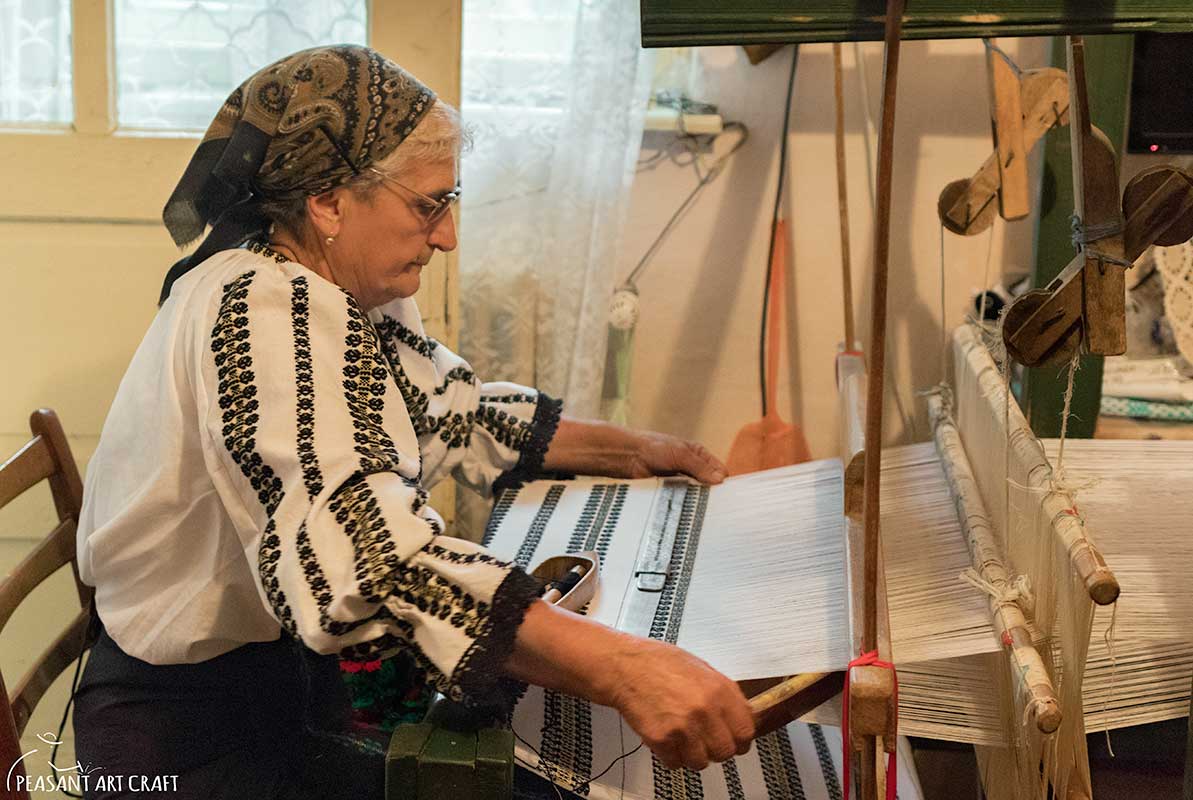
This stage takes no less than one week, as the ornaments are woven by use of an additional heddle system, a painstaking process which requires the assistance of a second weaver to pick up the pattern. Next comes the cutting, sewing and detailing which can take up to two more weeks.

The most common cut given for blouses nowadays is the neck gathered cut, since the straight tunic cut design has been faded out due to that fact that it might be considered old-fashioned.
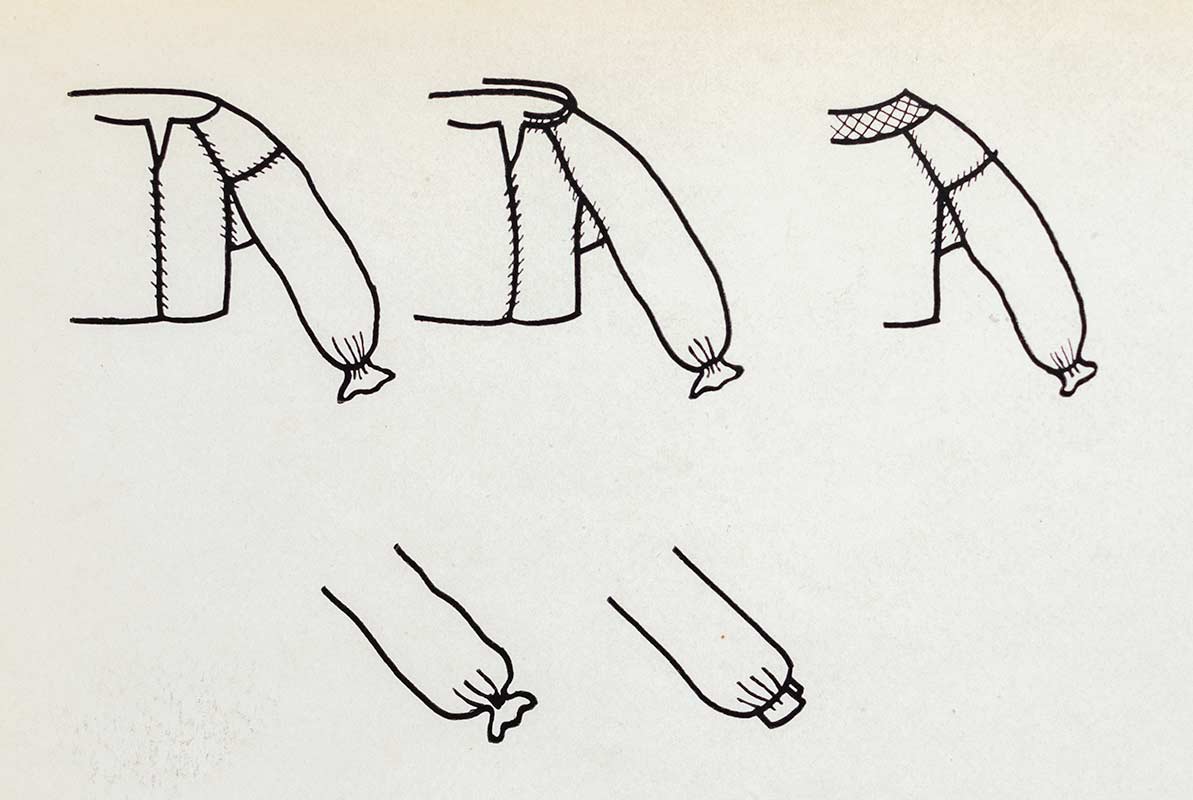
The sleeves, front and back parts are gathered and pleated at the neck with lace, band (obinzală), or string (brezărău). The brezărău passes through the material or through a crocheted collar.
The bottom extension, worn with a pair of traditional aprons (cretințe), can be found separated, sewn, or built-in.
Affiliate links Best Art Craft and Sewing Deals
The most important stage after the parts are cut out is the sewing together. The front and back are sewn together, as well as the parts of the sleeves. The structure of the sleeve consists in two rectangular pieces of fabric, brought together with joining seams.
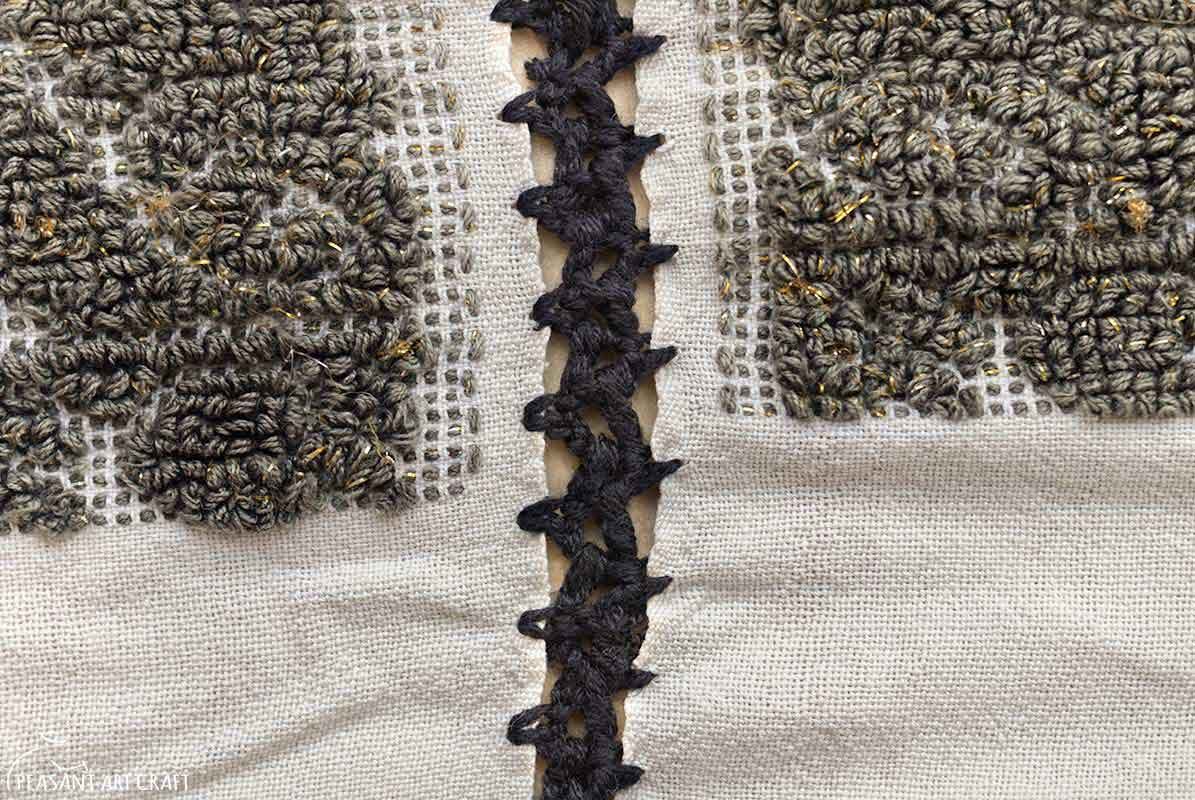
Then the sleeves are sewn into the blouse with two pieces of cloth, “broscuțe”(lit. “frogs”), used to sew the sleeves underarm. This can be done through a series of functional stitches, among which the most widespread is the “cheiță”, a complex decorative joining stitch, worked with cotton in white, or in a contrasting color.
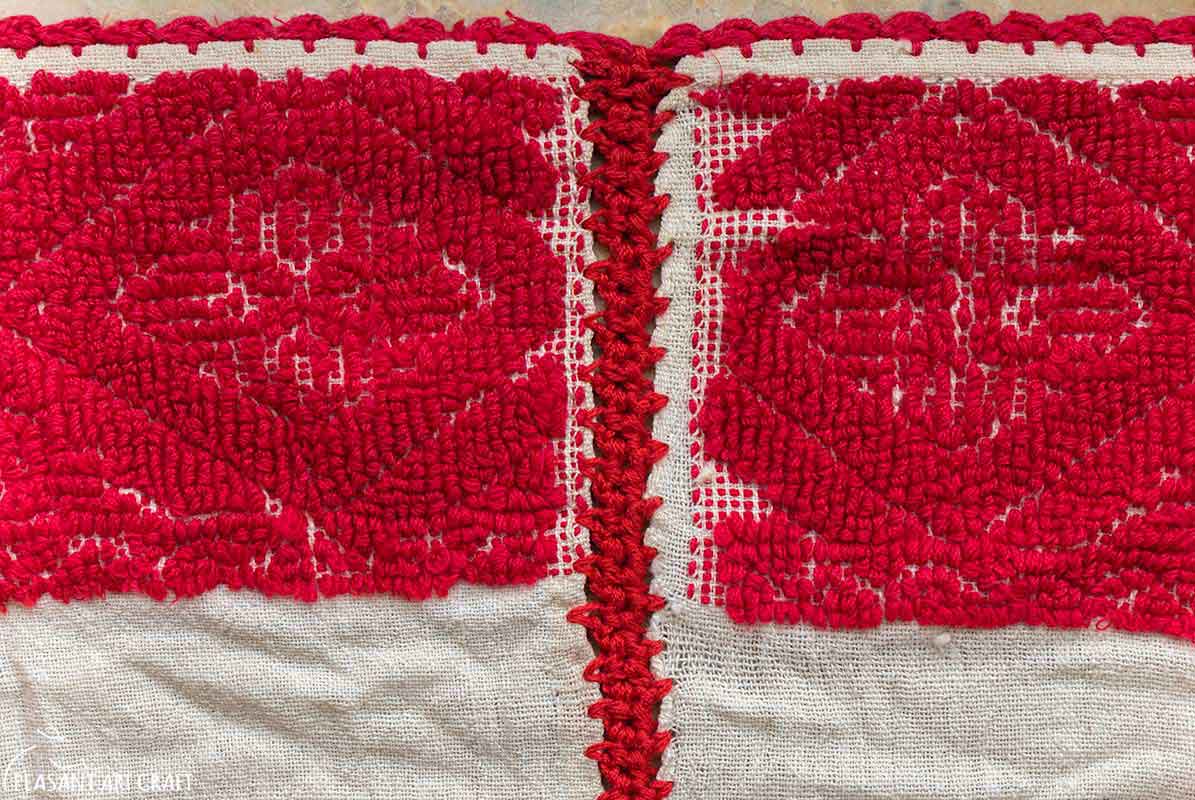
With a needle, Lucia inserts knots between two rows of parallel edging stitches, joining the chest and back with a “cheiță”.

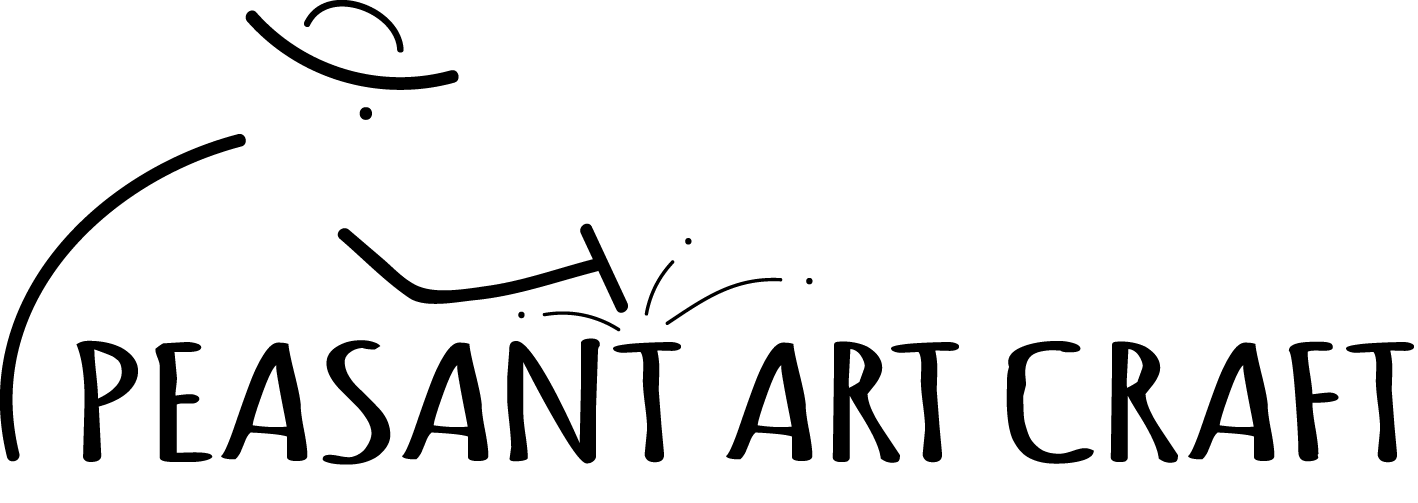








Blog Comments
Daniela Strimbei
November 20, 2019 at 12:39 pm
Cum se numeste acest tip de cheita?
Eiko. Okutani
July 8, 2021 at 2:30 pm
Could you make me some blouse? I want to treat your blouse for order selling in Japan,Tokyo.
Saaha
July 20, 2021 at 3:14 pm
Hello,
Do you make delivery to Japan?
If it is possible, please tell the price and estimated time of delivery.
Also, in case I order 20-30 blouses, is it possible to get a discount?
Looking forward to your reply.
anna
May 17, 2022 at 12:14 pm
Hello,
This summer I will visit Romania, and I would like to know in which town it is located for to visit it.
Thanks